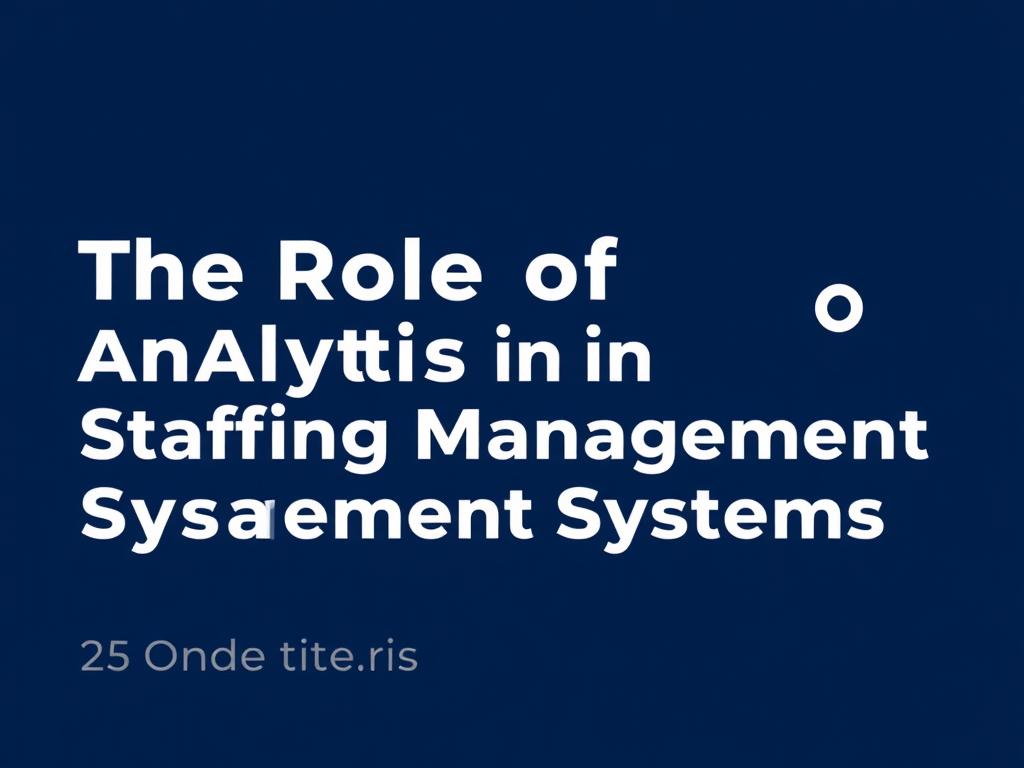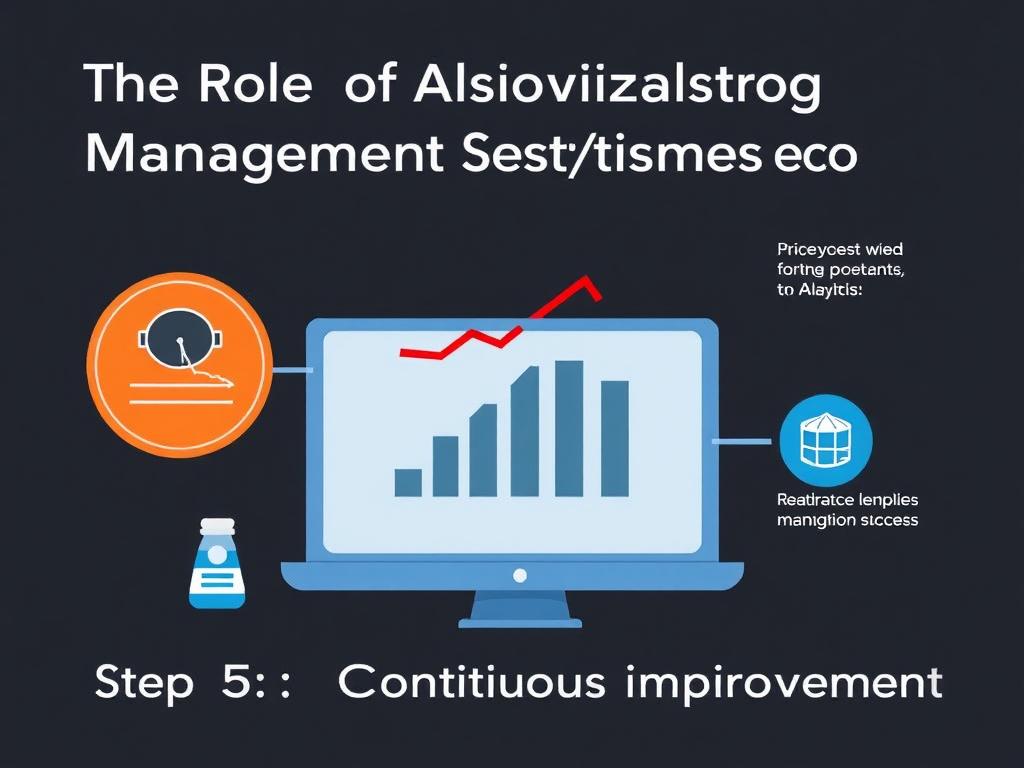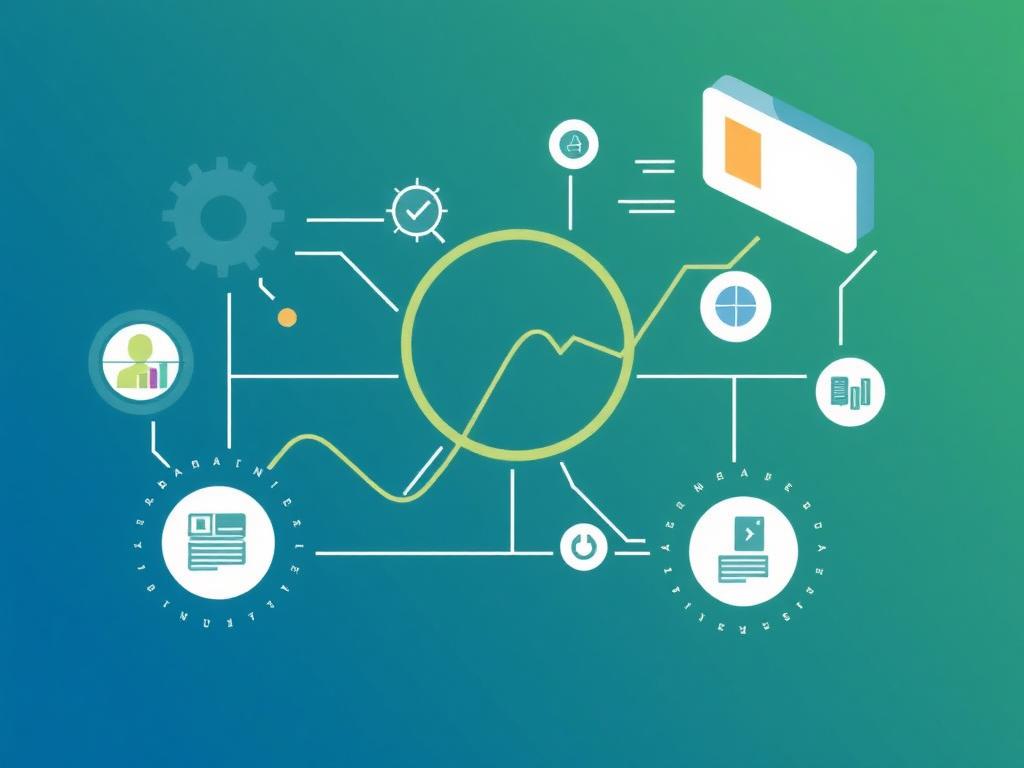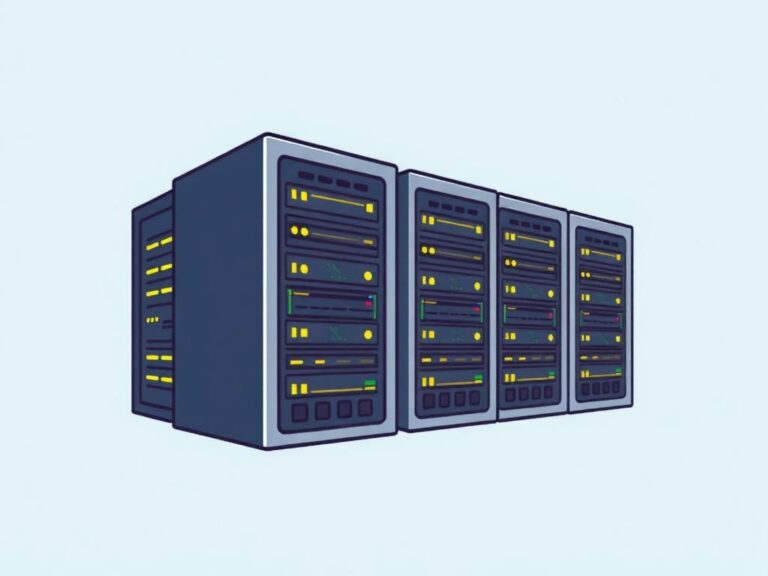The Role of Analytics in Staffing Management Systems: Transforming Workforce Strategies
Understanding Staffing Management Systems in the Modern Workplace
In today’s fast-paced business world, staffing management systems have become essential tools for organizations striving to optimize their workforce. These systems streamline the complex processes of recruiting, scheduling, and managing employees, enabling companies to make informed decisions about their human resources. But what truly makes these systems powerful is the integration of analytics. The role of analytics in staffing management systems is revolutionary, providing insights that go beyond mere data collection and helping businesses predict trends, improve productivity, and reduce costs. As companies embrace digital transformation, the combination of staffing management systems and analytics is becoming a game changer in workforce strategies.
These systems typically track everything from employee availability and skills to attendance and performance. Without analytics, this data remains static, limiting its value. However, when analytics is applied, patterns emerge that illuminate how to better allocate staff, manage workload fluctuations, and even forecast future hiring needs. It means businesses are no longer making staffing decisions based on gut feelings alone; instead, they rely on hard evidence and predictive models. This improves not only operational efficiency but also employee satisfaction and retention.
How Analytics Enhances Staffing Management Systems
Analytics brings multiple layers of intelligence to staffing management systems, turning raw data into actionable insights. Here’s how it works in practice:
1. Workforce Optimization
Using historical and real-time data, analytics helps identify bottlenecks and optimize schedules to ensure the right number of employees are working at the right times. This capability reduces overtime, prevents understaffing, and balances workloads effectively.
2. Predictive Hiring

Advanced analytics models can forecast staffing needs based on market trends, seasonal demands, and internal growth projections. By understanding these patterns early, companies can proactively recruit and train employees, avoiding last-minute shortages or overstaffing.
3. Employee Performance Analysis
Analytics offers detailed insights into employee performance metrics, highlighting top performers as well as those who may need additional support or training. This data aids managers in making fair promotions and developing tailored training programs.
4. Cost Management
Keeping labor costs in check is critical for every business. Leveraging analytics within staffing management systems allows firms to track expenses related to staffing and labor, identify inefficiencies, and create budgets that align with strategic goals.
Summary Table: Key Benefits of Analytics in Staffing Management Systems
| Benefit | Description |
|---|---|
| Improved Scheduling | Real-time data analysis helps avoid overstaffing and understaffing. |
| Predictive Hiring | Forecasting future staffing needs to maintain business continuity. |
| Performance Management | Detailed metrics for evaluating and enhancing employee productivity. |
| Cost Efficiency | Tracking labor expenses to optimize budget allocation. |
Key Features Enabled by Analytics in Staffing Management Systems
To appreciate the full impact of analytics on staffing management systems, it helps to break down the key features that analytics enables:
- Real-Time Dashboards: These allow managers to see instant updates on staffing levels, attendance, and performance indicators, making quick, data-driven adjustments possible.
- Automated Scheduling Tools: By analyzing patterns such as busy hours and employee availability, these tools automatically propose optimized shift assignments.
- Forecasting Models: Analytics supports predictive models that take historical data and external factors like economic trends into account for future workforce planning.
- Turnover Analysis: Staffing management systems equipped with analytics identify why employees leave and help design retention strategies.
- Compliance Monitoring: Analytics tracks adherence to labor laws and regulations related to working hours, overtime, and rest periods.
Implementing Analytics in Your Staffing Management System
Many organizations know the benefits of analytics but wonder how to integrate it effectively within their existing staffing management systems. The process should be strategic and phased:
Step 1: Data Collection and Cleaning
Start by ensuring you collect comprehensive data across recruitment, scheduling, performance, and payroll. Cleanse this data to remove inconsistencies or duplicates, making it reliable for analysis.
Step 2: Choose the Right Analytics Tools
Select analytics software that integrates smoothly with your staffing management system. Features like intuitive dashboards, machine learning capabilities, and customizable reports are crucial.
Step 3: Define Objectives
Be clear about what you aim to achieve with analytics—whether it’s reducing turnover, enhancing scheduling efficiency, or controlling labor costs. Having a goal-driven approach helps focus analytics efforts.
Step 4: Train Your Team
Empower HR and operations staff through training sessions to understand how to interpret analytics outputs and incorporate insights into daily decisions.
Step 5: Continuous Improvement

Analytics is not a one-time implementation. Continuously monitor results, tweak algorithms, and update your data inputs to refine the accuracy and relevance of insights.
Challenges and Considerations

While the role of analytics in staffing management systems is promising, organizations should be aware of challenges:
– Data Privacy: Handling employee data requires strict compliance with privacy laws and ethical standards.
– Data Quality: Poor data quality undermines analytics effectiveness, leading to incorrect conclusions.
– Change Management: Integrating analytics demands cultural shifts and buy-in from stakeholders accustomed to traditional decision-making.
– Costs: Initial investment in technology and training can be significant, especially for smaller businesses.
Understanding and planning for these considerations help organizations navigate the path to successful analytics adoption.
Analytics Trends Shaping Future Staffing Management Systems
Looking ahead, several emerging trends are set to enhance the role of analytics in staffing management systems:
- Artificial Intelligence (AI): AI-powered analytics will offer deeper insights by learning from vast datasets and automating complex decision processes.
- Mobile Integration: Real-time analytics accessible on mobile devices will facilitate decentralized workforce management.
- Employee Experience Analytics: Focusing on the workforce’s satisfaction and engagement to reduce churn and boost productivity.
- Integration with Other Business Systems: Analytics will increasingly link staffing data with finance, CRM, and supply chain systems, offering a 360-degree view of operations.
These trends point towards more predictive, personalized, and interconnected staffing management tools.
Conclusion
The role of analytics in staffing management systems is undeniably transformative, enabling organizations to move beyond guesswork and make strategic, data-driven workforce decisions. By enhancing scheduling, forecasting hiring needs, analyzing employee performance, and managing costs effectively, analytics empowers businesses to optimize their staffing strategies like never before. Although challenges around data quality, privacy, and change management exist, the benefits of integrating analytics far outweigh the obstacles. As technology continues to advance, the synergy between staffing management systems and analytics will only grow stronger, paving the way for smarter, more agile, and more efficient workforce planning in the future. Embracing this integration today is not just a competitive advantage but a necessity for companies aiming to thrive in an ever-evolving marketplace.






